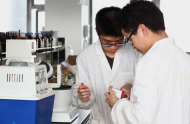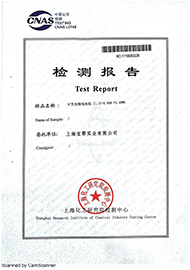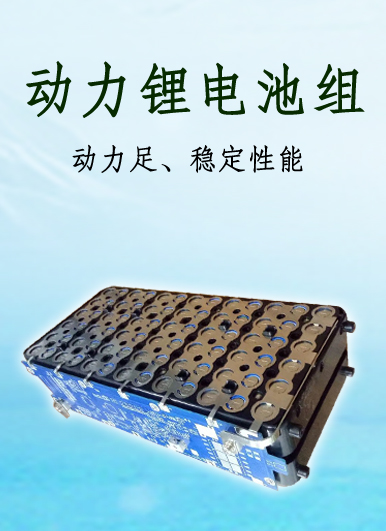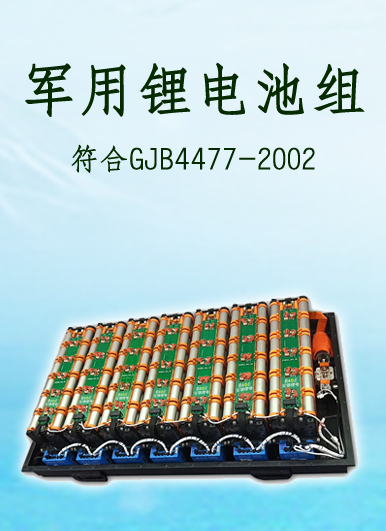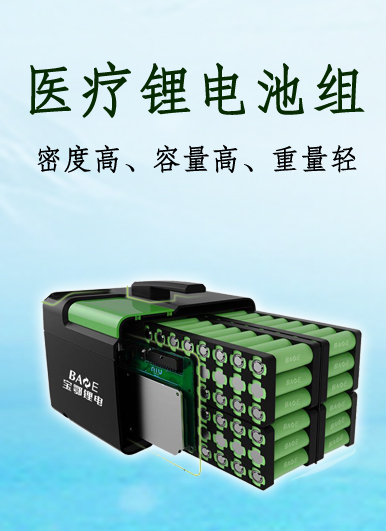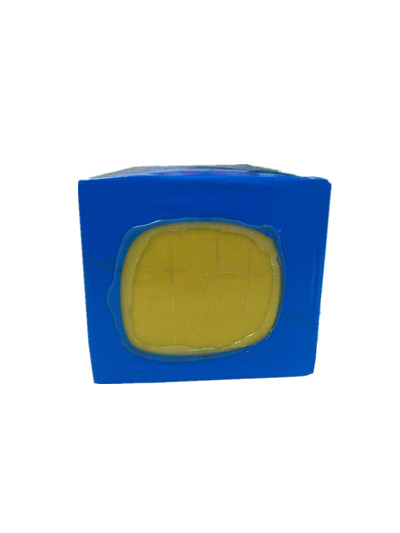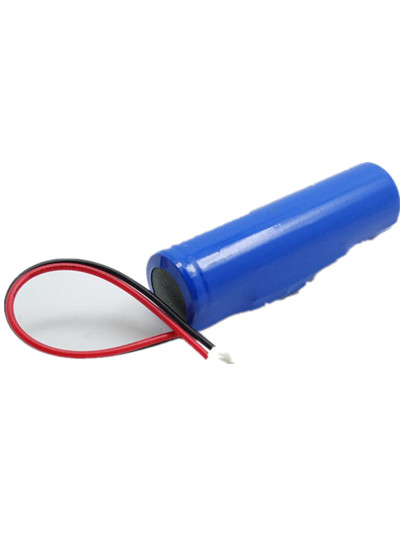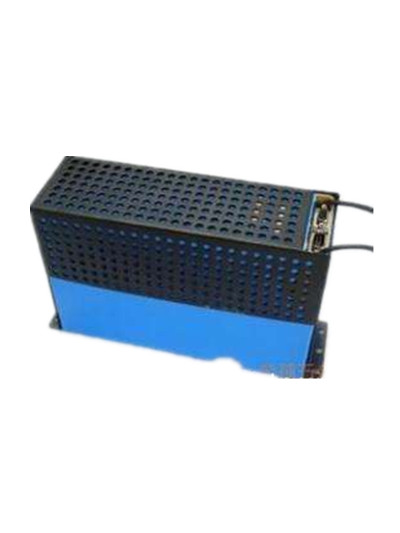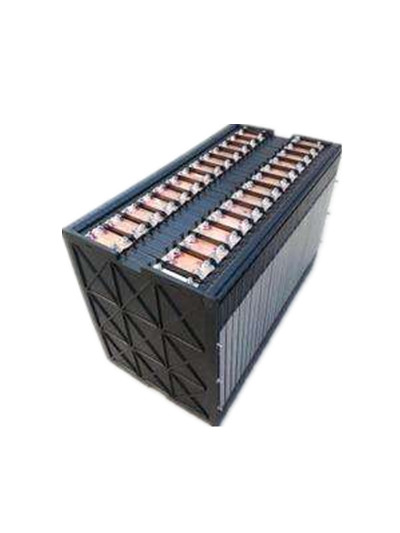Power battery is one of the most important parts of new energy vehicles, so the rapid growth of new energy vehicles has also promoted the development of power battery industry. In the first quarter of 2019, the cumulative installed capacity of new energy vehicles reached 12.33 GWh, an increase of 177.4% compared with the same period last year. So the growth trend is very obvious.
The rapid increase in installed capacity is not a bad thing in itself, but the attenuation of power batteries can not be bypassed. According to national regulations, when the capacity of power batteries decreases below 80%, mandatory recovery will be carried out. Most new energy vehicle power batteries are lithium iron phosphate batteries and three-component lithium batteries, among which three-component lithium batteries account for a large proportion. The attenuation of power batteries depends on their long cycle life. At present, the cycle life of ternary lithium batteries is about 800 times, while that of lithium iron phosphate batteries can reach 2000 times.
Taking Great Wall Euler R1 as an example, the comprehensive endurance is about 300 kilometers, and the battery cycle life is calculated according to 800 times. Then the battery needs to be replaced after 240,000 kilometers, that is to say, the power battery life is 6-8 years. 2014 is the first year of new energy automobiles in China, and the first wave of power battery decommissioning is approaching.
Environmental pressure is unprecedented, recycling is essential
According to the data published in the White Paper on the Development of China's Automotive Power Battery Recycling and Dismantling and Cascade Utilization Industry, the recovery of power batteries is expected to reach 114,000 tons in 2019, with a growth rate of 108.9%, and 257,000 tons in 2020, with a growth rate of 130.69%. The recovery of power batteries will bring tremendous pressure.
Battery pollution is an old topic. It appeared before the popularization of new energy vehicles. The main object is the dry batteries we usually use. This kind of batteries contain heavy metals, which will cause serious environmental pollution if not handled properly. The difference is that the heavy metals content of power batteries is higher, the types may be more, and the pollution will be more serious.
In fact, the concern about the recovery of power batteries is not empty, because our country has suffered a great loss in the recovery of lead-acid batteries before. Before 2013, the normal recovery rate of waste lead-acid batteries in China was less than 30%. Nearly 80% of the batteries went into illegal recovery and treatment, resulting in a large amount of waste acid flowing into nature. In 2012, the discharge of lead-containing waste acid reached 2614,000 tons, which caused serious environmental pollution.
The stage of large area discarding of power batteries has come. How to avoid repeating the mistakes is very important.动力电池是新能源汽车最重要的零部件之一,因此新能源汽车的高速增长也推动了动力电池行业的发展。2018年我国新能源汽车动力电池装机量达到32.86GWh,同比增长137%,2019年第一季度,累计装机量达到12.33GWh,同比增长177.4%,这样看来增长趋势非常明显。
装机量的高速增长本身不是坏事,但动力电池的衰减却是无法绕开的,根据国家规定,当动力电池容量衰减至80%以下,则会进行强制回收。大多数新能源汽车动力电池均为磷酸铁锂电池和三元锂电池,其中三元锂电池占比较大。动力电池的衰减取决与循环寿命的长点,目前三元锂电池的循环寿命在800次左右,磷酸铁锂电池则能达到2000次。
以长城欧拉R1为例,综合续航在300公里左右,电池循环寿命按照800次计算,那么在行驶24万公里后就需要更换电池,也就是说动力电池寿命为6~8年。2014年为我国新能源汽车元年,第一轮动力电池退役潮已经逼近。
环境压力空前,回收处理至关重要
根据《中国汽车动力电池回收拆解及梯次利用行业发展白皮书》公布的数据显示,2019年动力电池回收量预计达到11.14万吨,增速达108.9%,2020年则将达25.7万吨,增速将达到130.69%,动力电池回收将会带来巨大的压力。
电池污染是一个老生常谈的话题,在新能源汽车普及之前就已经出现,主要对象是我们平常使用的干电池,这种电池含有重金属,处理不当会造成严重的环境污染,不同的是,动力电池重金属含量更高,种类也可能更多,造成的污染也会更加严重。
事实上对于动力电池回收的担忧并非空穴来风,因为我国此前在铅酸电池回收上就吃过大亏。2013年前我国废铅酸电池正规回收率不到30%,近80%的电池流入非法回收和处理环节,导致大量废酸流入大自然,其中2012年含铅废酸排放达到26.14万吨,造成了严重的环境污染。
动力电池大面积报废阶段已经到来,如何避免重蹈覆辙显得非常重要動力電池は新エネルギー自動車の最も重要な部品の一つです。そのため、新エネルギー自動車の高速成長も動力電池業界の発展を推進しました。2018年の中国の新エネルギー自動車のバッテリーの搭載量は32.86 GWhに達し、同期比137%増、2019年第1四半期における累計装着量は12.33 GWに達し、同177.4%増となり、このように見ると成長傾向は非常に顕著である。
積載量の高速成長自体は悪いことではないが、バッテリーの減衰は避けられない。国の規定により、動力電池の容量が80%以下になると、強制的に回収される。ほとんどの新エネルギーの自動車動力電池はリン酸鉄リチウム電池と三元リチウム電池で、その中の三元のリチウム電池は比較的大きいです。動力電池の減衰はサイクル寿命の長い点に依存しています。現在の三元リチウム電池のサイクル寿命は800回ぐらいで、リン酸鉄リチウム電池は2000回になります。
万里の長城のEuler R 1を例にして、総合的な航続距離は300キロぐらいで、電池のサイクル寿命は800回で計算します。24万キロ走行後は電池を交換しなければなりません。つまり、動力電池の寿命は6~8年です。2014年は中国の新エネルギー自動車元年で、第一次電池の退役ラッシュが近づいています。
環境圧力が空前で、回収処理が重要です。
「中国自動車動力電池回収解体及び棚次利用産業発展白書」が発表したデータによると、2019年には動力電池の回収量は11.14万トンに達し、108.9%に達し、2020年には25.7万トンに達し、増加速度は130.69%に達し、動力電池の回収には大きな圧力がかかります。
電池汚染は古くから話題になっていますが、新エネルギー車が普及する前にすでに現れています。主な対象は私達が普段使っている乾電池です。このような電池には重金属が含まれています。不当に処理すると深刻な環境汚染を引き起こします。
実は動力電池の回収についての心配は全くないです。わが国は鉛酸電池の回収で大損をしたことがあります。2013年前に、わが国の廃鉛酸電池の正規回収率は30%未満で、80%近くの電池が不法回収と処理の一環に流入し、大量の廃酸が自然界に流入した。その中で2012年の鉛を含む廃酸排出は26.14万トンに達し、深刻な環境汚染を引き起こした。
動力電池の大面積廃棄段階はすでに到来しています。

